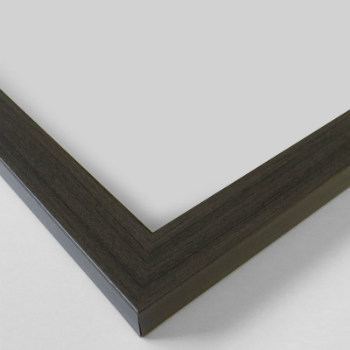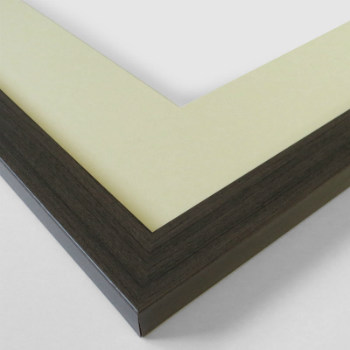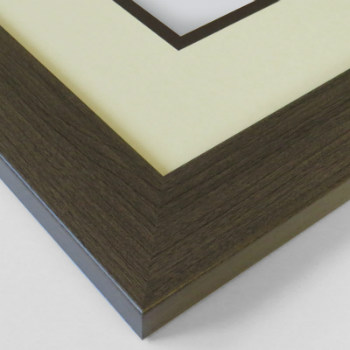Print-on-demand items cannot be returned or exchanged. Please measure your space carefully before purchasing.
Washita Battlefield National Historic Site, OK By Derek Anderson, Joel Anderson, 2025
-
 Art Print
Art Print
-
 Art Print
Art Print
-
 Art Print
Art Print
-
 Art Print
Art Print
-
 Art Print
Art Print
-
 Art Print
Art Print
-
 Art Print
Art Print
-
 Art Print
Art Print
-
 Art Print
Art Print
-
 Art Print
Art Print
-
 Art Print
Art Print
-
 Art Print
Art Print
-
 Art Print
Art Print
-
 Art Print
Art Print
-
 Art Print
Art Print
-
 Art Print
Art Print
-
 Art Print
Art Print
-
 Art Print
Art Print
-
 Art Print
Art Print
-
 Art Print
Art Print
-
 Art Print
Art Print
-
 Art Print
Art Print
-
 Art Print
Art Print
-
 Art Print
Art Print
-
 Art Print
Art Print
-
 Art Print
Art Print
-
 Art Print
Art Print
-
 Art Print
Art Print
-
 Art Print
Art Print
-
 Art Print
Art Print
-
 Art Print
Art Print
-
 Art Print
Art Print
-
 Art Print
Art Print
-
 Art Print
Art Print
-
 Art Print
Art Print
-
 Art Print
Art Print
-
 Art Print
Art Print
-
 Art Print
Art Print
-
 Art Print
Art Print
-
 Art Print
Art Print
-
 Art Print
Art Print
-
 Art Print
Art Print
-
 Art Print
Art Print
-
 Art Print
Art Print
-
 Art Print
Art Print
-
 Art Print
Art Print
-
 Art Print
Art Print
-
 Art Print
Art Print
-
 Art Print
Art Print
-
 Art Print
Art Print
-
 Art Print
Art Print
-
 Art Print
Art Print
-
 Art Print
Art Print
-
 Art Print
Art Print
-
 Art Print
Art Print
-
 Art Print
Art Print
-
 Art Print
Art Print
-
 Art Print
Art Print
-
 Art Print
Art Print
-
 Art Print
Art Print
-
 Art Print
Art Print
-
 Art Print
Art Print
-
 Art Print
Art Print
-
 Art Print
Art Print
-
 Art Print
Art Print
-
 Art Print
Art Print
-
 Art Print
Art Print
-
 Art Print
Art Print
-
 Art Print
Art Print
-
 Art Print
Art Print
-
 Art Print
Art Print
-
 Art Print
Art Print
-
 Art Print
Art Print
-
 Art Print
Art Print
-
 Art Print
Art Print
-
 Art Print
Art Print
-
 Art Print
Art Print
-
 Art Print
Art Print
-
 Art Print
Art Print
On November 27, 1868, Lt. Colonel George Armstrong Custer led the 7th US Cavalry on a surprise dawn attack on a Cheyenne village led by Peace Chief Black Kettle. The event was an example of the tragic clash of cultures that occurred during the Great Plains Wars. It is also a place of remembrance and reflection for those who died here. Washita Battlefield National Historic Site protects and interprets the site of the Southern Cheyenne village of Chief Black Kettle where the Battle of Washita occurred. The site is located about 150 miles west of Oklahoma City, near Cheyenne, Oklahoma. Just before dawn on November 27, 1868, the village was attacked by the 7th U.S. Cavalry under Lt. Col. George Custer. In the Battle of Washita, the Cheyenne suffered large numbers of casualties. The strike was hailed at the time by the military and many civilians as a significant victory aimed at reducing Indian raids on frontier settlements as it forced the Cheyenne back to the reservation set aside for them. The site is a small portion of a large area that was declared a National Historic Landmark in 1965, and was listed on the National Register of Historic Places in 1966. The landmarked area encompasses the entire battlefield, which extends for some 6 miles through the city of Cheyenne. This classic design and vintage poster art by Anderson Design Group looks great as a poster, canvas, metal sign, postcard, or a note card.
Choose a Product
Art Print - from $21.99
About the Frames
No print is complete without a stunning frame to complement it. We offer three different frame styles: Simple, Standard, and Deluxe, courtesy of our friends and neighbors at Belle Meade Framers. See below for features and measurements.
- Simple Frames

- 1.25" flat wood-grain molding
- Available in mocha brown, warm gray, and black
- Ships ready-to-hang with attached metal wire and a wall hanger accessory
- No mat is included, just the frame and your fantastic poster choice
- 11x14" print—total frame size is 13x16"
- 18x24" print—total frame size is 20x26"
- 24x32" print—total frame size is 26x34"
- Standard Frames

- 1.25" flat wood-grain molding
- Available in mocha brown, warm gray, and black
- Ships ready-to-hang with attached metal wire and a wall hanger accessory
- Includes a classy cream-colored mat
- 11x14" print—total frame size is 18x22"
- 18x24" print—total frame size is 26x32"
- 24x32" print—total frame size is 32x40"
- Deluxe Frames

- 2" flat wood-grain molding
- Available in mocha brown, warm gray, and black
- Ships ready-to-hang with attached metal wire and a wall hanger accessory
- Includes a supreme combination of cream and mocha-colored mat layers
- 11x14" print—total frame size is 20x24"
- 18x24" print—total frame size is 28x34"
- 24x32" print—total frame size is 34x42"
